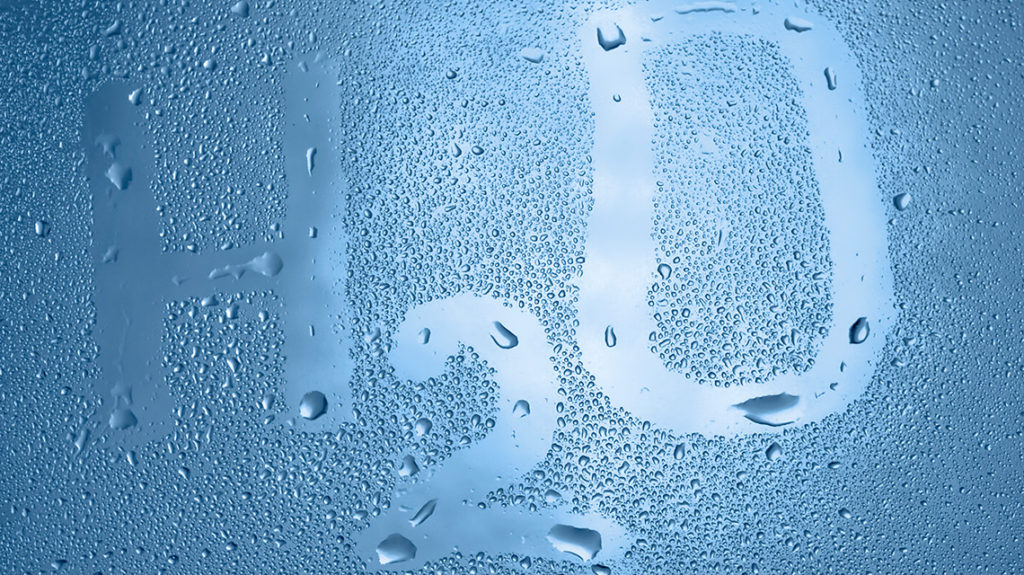Evaporation as a renewable energy resource

When we talk about renewable energy resources we think about the exploitation of natural resources as sun, wind or water. In particular way, water can be employed in energy production using hydroelectric energy, tides’ energy or saline gradient energy. Today we are talking about a less known method to produce energy from water. It concerns with the natural evaporation of water. A research done by scientists of Columbia University can explain us how it can be done.
In order to produce electrical energy from evaporating water, water responsive materials are employed. If we place them on water surface, they can harness energy from evaporation. The test’s results were published on Nature.
The Columbia University’s research

Bacterial spores are organisms able to absorb and re-emit humidity according to environmental conditions. These water-responsive materials can be incorporated into evaporation-driven engines that harness energy when placed above a body of evaporating water. The device realized by the researchers is made by a series of shutters, covered by water-responsive material. This material performs work through a cycle of absorbing and rejecting water vapor, that leads to the opening and the closing of shutters. When shutters are closed, the humidity increases and the water-responsive material swells, absorbing water vapor. The swell of the material opens the shutters, reducing the humidity rate. Bacterial spores re-emit humidity and the water-responsive material relaxes, closing again the shutters.
The mechanical energy produced by the shutters’s motion is then turned into electrical energy by linking the shutters to an electrical generator. The humidity rate depends on environmental conditions such as temperature, solar radiation, wind, etc.. According to the research, natural evaporation could provide power at areal densities up to 10 W /m2. The following picture, obtained by the meteorogical data, shows the maximum power density available in the USA.

Pros and cons of this technology
The devices realized can be easily produced on a large-scale, in order to exploit large water areas as lakes or reservoirs. Researchers estimate that up to 325 GW of power is potentially available in the United States, almost the 70% of USA power demand.
Among the pros of this technology there is the possibility to control power output from an evaporation driven engine by using water’s heat capacity to store and release energy. There are also disadvantages. In order to produce a huge quantity of energy, this devices should the posed on wide water areas, not always available everywhere. Moreover, we should consider the visual impact of a large scale development of this technology.
If you want to find something more: https://www.nature.com/articles/s41467-017-00581-w
